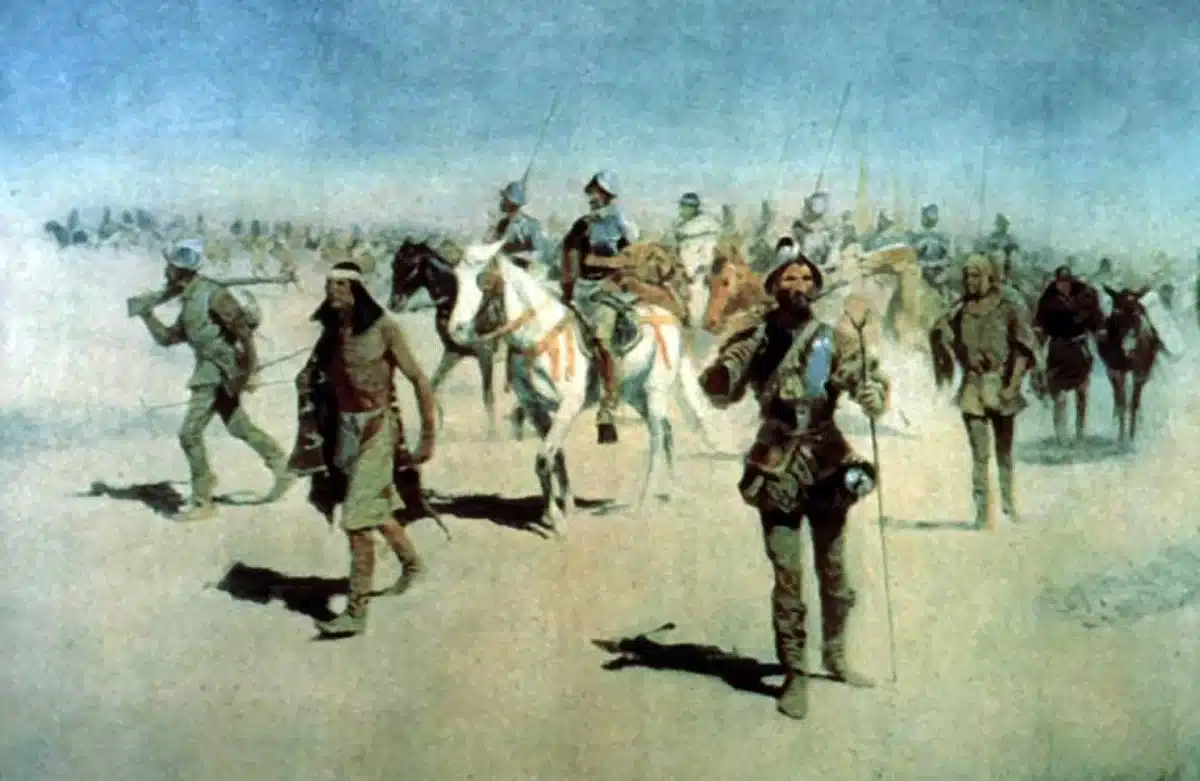In 1853, Capt. John Gunnison headed up the Huerfano River to Badito and then over the Sange de Cristo Pass. The route was easy, even crossing Cochetopa Pass was uneventful.
By October, they were in Sevier Lake, Utah. Then, emerging from his tent at sunrise one day, Gunnison took 15 arrows from a group of Pahvant Utes. The whole expedition was wiped out.

